NIH-funded project could aid keratoconus detection, refractive surgical screening
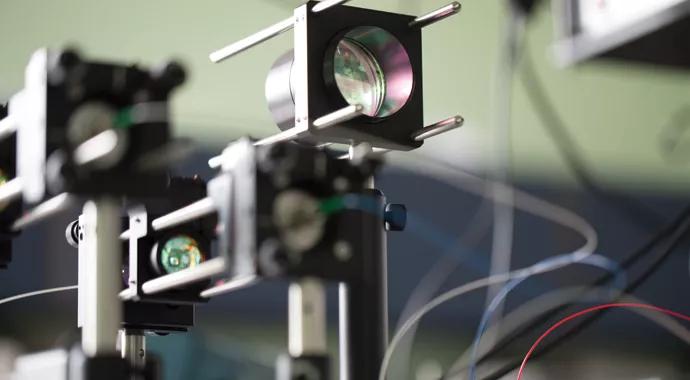
Fueled by a recent $2 million, five-year grant from the National Institutes of Health’s National Eye Institute, researchers at Cleveland Clinic’s Cole Eye Institute are developing new ways to measure corneal mechanical properties and put that information into clinical use.
Cleveland Clinic is a non-profit academic medical center. Advertising on our site helps support our mission. We do not endorse non-Cleveland Clinic products or services. Policy
Principal Investigator William J. Dupps Jr., MD, PhD, explains that the goal of the study is to develop patient-specific modeling for simulation-based therapy that can eventually lead to more customized treatments for conditions such as keratoconus.
“Although mechanical properties can potentially be assessed in any type of tissue, we are focusing on the cornea because it has the best clinical potential of any part of the eye, perhaps of the entire body, for harnessing mechanical measurements that can be turned into actionable clinical information,” says Dr. Dupps, who is a cornea and refractive surgery specialist with appointments in Cleveland Clinic’s Department of Biomedical Engineering and the Transplant Center.
“We are trying to capture three-dimensional information about corneal material strength and incorporate it into a computerized structural representation of the eye. A key part of what we are doing is developing patient-specific models so we can investigate the behavior of a specific patient’s cornea instead of studying an idealized model,” he says.
Corneal strength is not uniform across the cornea’s width or thickness, particularly in eyes with keratoconus or prior corneal surgery. Dr. Dupps hopes that being able to combine corneal shape and material properties in 3-D models will help researchers better understand the underlying mechanisms of keratoconus and postoperative corneal ectasia. More important for patients, however, would be the extension of these findings in ways that allow earlier detection of keratoconus and more effective screening of refractive surgery patients, he says.
“Our hypothesis is that differences in local corneal material properties play a direct role in determining corneal shape and, consequently, refractive error. For example, some of the weakening that arises early in the course of keratoconus probably occurs focally and is likely a driver of early shape changes,” says Dr. Dupps.
A recent study in the journal Investigative Ophthalmology & Visual Science from Dr. Dupps’ lab has tested this hypothesis by simulating the impact of focal material weakness in virtual models of keratoconus.
The importance of early diagnosis is greater than ever because collagen crosslinking now provides a middle-ground treatment option between rigid contact lens use and corneal transplantation.
Collagen crosslinking, a procedure that involves stiffening the cornea, is currently in FDA studies. The Cole Eye Institute recently received Institutional Review Board approval to participate as a clinical site in the ACOS/Avedro KXL crosslinking study.
The current approach to crosslinking is to saturate the cornea with riboflavin drops for about a half hour, followed by the application of ultraviolet light for another half hour. This new study randomly assigns patients with keratoconus or postoperative ectasia to one of three treatment arms in which shorter durations of treatment with higher intensities of light are used.
“The study is currently the only industry-sponsored crosslinking trial in the U.S., and its purpose is to provide access to a very promising treatment while studying the optimal combination of treatment intensity and duration,” Dr. Dupps says.
Computational modeling of the cornea to achieve patient-specific, simulation-based therapy is another important aspect of the research program, he says.
“Once we have developed a number of computational models from clinical measurements, and have validated that the models accurately represent the behavior of their living counterparts, then we can begin to ask questions of these virtual eyes that would be impractical or unsafe in actual patients,” he says.
He and his colleagues are working to simulate treatment of normal myopic model eyes to see how predicted outcomes compare with actual outcomes in LASIK. In another arm of the study, the results of clinical crosslinking treatments in keratoconus eyes will be compared with the predicted outcomes of simulations based on the same patient and treatment.
“Once we have validated the models, we can begin to use them to modify treatments to better customize treatments to patients’ specific corneal material properties and achieve better, more predictable outcomes,” he says.
Safety is another concern, as post-LASIK ectasia can be the result of early keratoconus, undetected corneal biomechanical weakness, or a mismatch between the amount of surgery and the cornea’s capacity for maintaining a stable postoperative shape over time.
“We plan to simulate LASIK on a variety of patient models, including patients with varying degrees of keratoconus, to investigate the structural response to many patient-specific structural variables and surgical parameters. By doing hundreds of simulations in these virtual eyes with systematic changes in variables, we can do a sensitivity analysis to determine which risk factors are the most important for avoiding postoperative ectasia,” he says.
He notes that the ultimate intended application of these analyses is the creation of patient-specific treatment designs.
For example, crosslinking currently uses a standard treatment zone that encompasses most of the cornea – 8 to 9 mm.
However, in previously published work from his group, Dr. Dupps has found that much greater effect can potentially be achieved with a customized treatment zone that is centered over the point of weakness.
“Instead of just stabilizing the cornea, there is great potential to actually reverse shape changes by altering corneal stiffness in a more rational way,” he says. “We are currently applying the same principle to develop treatments for more common refractive errors such as nearsightedness and astigmatism.”
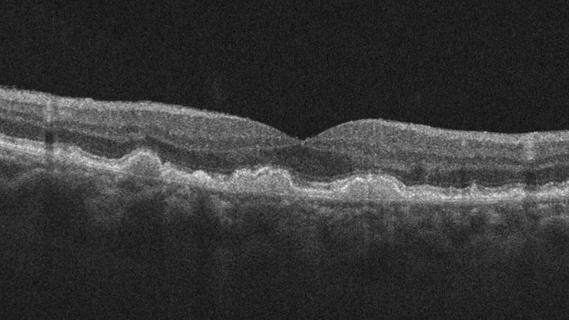
Early data shows risk is 73% higher in patients with lupus, 40% higher in patients with rheumatoid arthritis
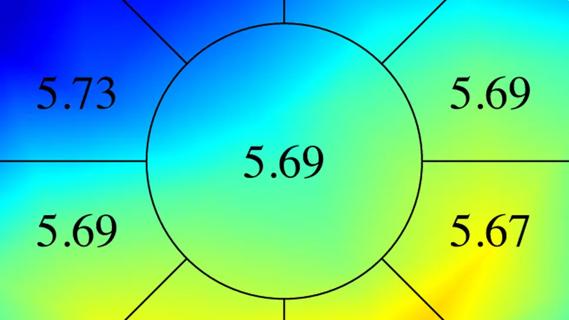
Identifies weak spots in the cornea before shape change occurs

Researchers to study retinal regeneration in zebrafish with new grant from National Eye Institute
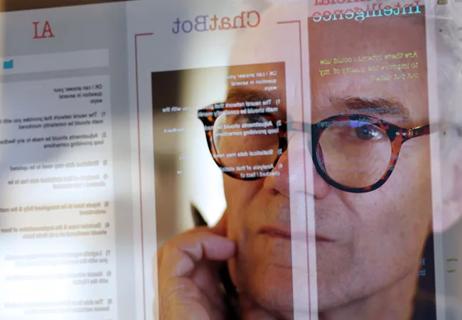
30% of references generated by ChatGPT don’t exist, according to one study
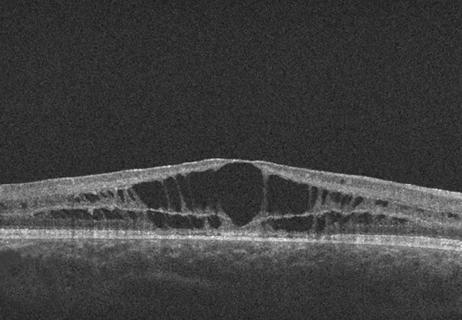
Study followed patients an average of eight years
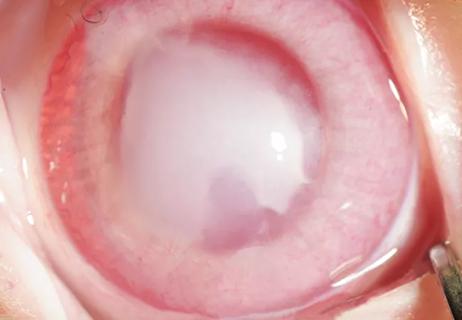
Studies indicate dramatic results when used topically with or without corticosteroids
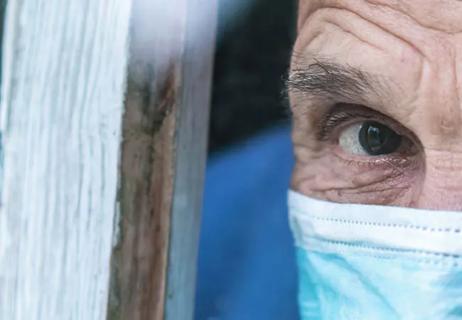
53% of participants didn’t need anti-VEGF for six months or longer
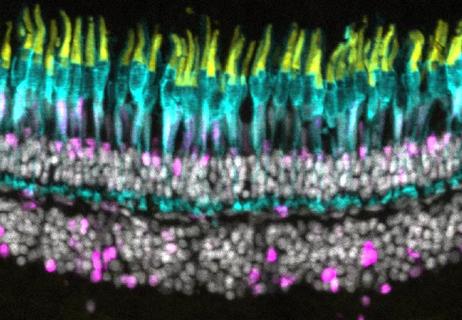
Notch pathway inhibition preserves retinal neurons and promotes regrowth in zebrafish